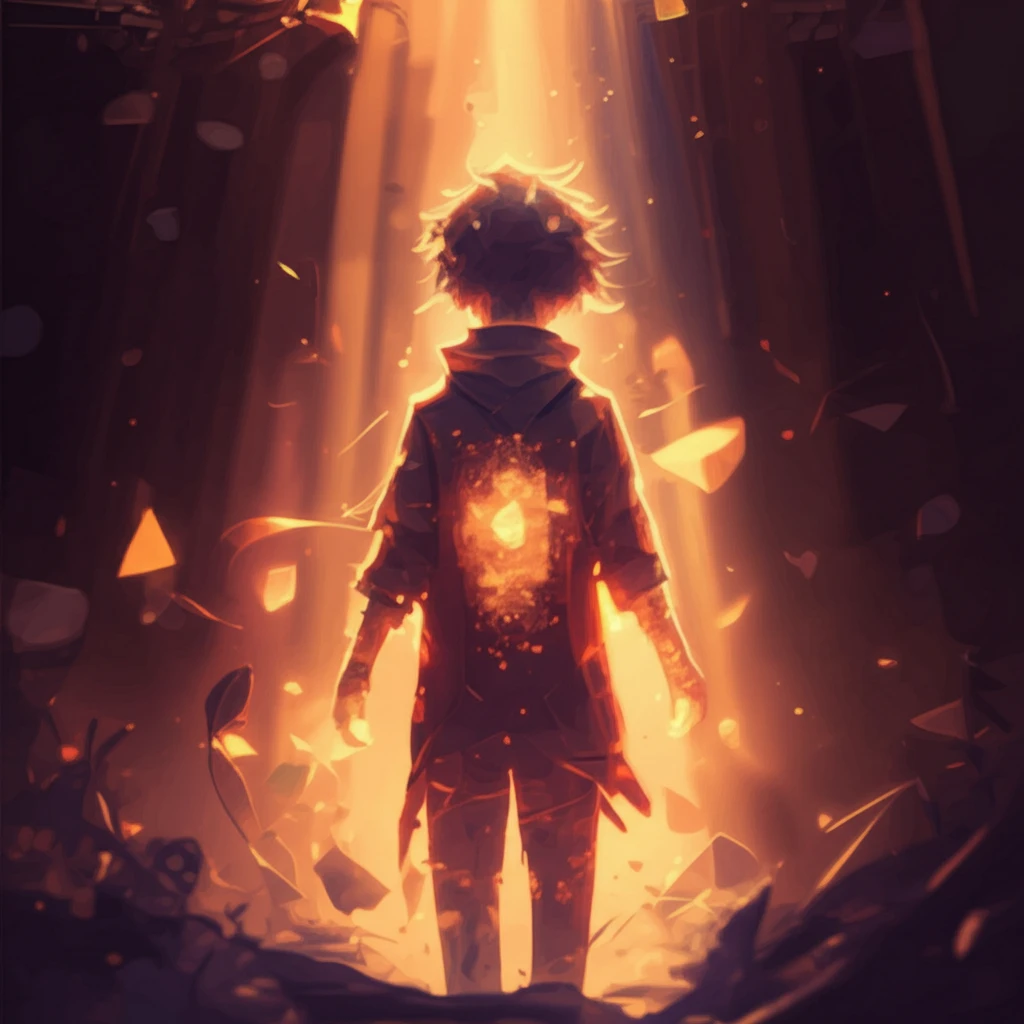
Beyond Pixar: How Modern Animation Studios are Reinventing Realism
"Discover the groundbreaking technologies that power today's most visually stunning animated films, and how they're pushing the boundaries of what's possible."
For years, Pixar set the gold standard for animation with its groundbreaking photorealistic rendering techniques. But the world of computer-generated animation and visual effects never stands still. Over the past decade, there's been a major shift in how studios approach production rendering, moving away from older methods like Reyes-based algorithms towards more physically-based systems rooted in path tracing.
What exactly does this mean? Instead of simply creating images that look good, studios are now striving for a level of realism that mimics how light and surfaces interact in the real world. This pursuit has led to the development of entirely new rendering systems designed to tackle the unique challenges of modern animation.
The good news is that some of the key players in the industry have recently published in-depth looks at the tech behind their films. In May 2018, ACM Transactions on Graphics released a special issue dedicated to the comprehensive systems papers from the developers of five of the most significant production renderers. In this article, we'll dive into the key takeaways, exploring how these advancements are shaping the future of visual storytelling.
The Path to Photorealism: Key Technologies and Techniques

At the heart of this revolution lies path tracing, a rendering technique that simulates the way light travels through a scene by tracing the paths of individual light rays. This approach allows for incredibly realistic lighting, shadows, and reflections, creating a level of visual fidelity that was once impossible.
- Arnold: Developed by Solid Angle and used on countless feature films, Arnold is known for its brute-force approach to path tracing, delivering exceptional image quality through raw computational power.
- Hyperion: Walt Disney Animation Studios' Hyperion renderer is designed for artistic control, allowing animators to fine-tune the look of their films with incredible precision.
- Manuka: Weta Digital's Manuka is focused on spectral path tracing, capturing the full spectrum of light for unparalleled realism and color accuracy.
The Future of Rendering: What's Next?
As technology continues to evolve, we can expect even more advancements in rendering techniques, like real time ray tracing, that are tailored for faster feedback and improved performance. Whether it's precomputation versus runtime computation, RGB versus spectral rendering, or out-of-core rendering versus requiring scene geometry to fit into memory, these choices will continue to shape the visual landscape of animation and visual effects.
